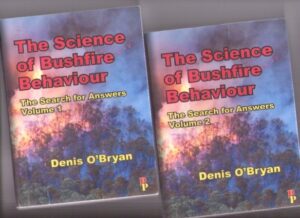THE SCIENCE OF BUSHFIRE BEHAVIOUR
This book is a world first. It brings together research and knowledge from around the world that is relevant to a solid foundation of the science of bushfire behaviour and integrates it with value added analysis into one document over 450 pages.
It focuses on Australian vegetation and fuel bed types,but is relevant worldwide. Australia is one of the most bushfire prone areas in the world. We have learnt from others, and we can now share our knowledge with the world.
This book is an attempt to advance the discipline from its current immature status, where progress is thwarted because operators tend to discard the importance of the theoretical. They tend to start with the empirical and see how it fits in with other empirical research. Compare this approach to the advanced sciences, which begin with the theoretical and devise research to prove, disprove or refine.
This book records research findings and tries to articulate an appropriate theory that can be traced back to first principles. It also proposes theories in the hope that they will lead the direction of future research. Many of these theories relate to high intensity fire behaviour and 3 D fire behaviour, the type of bushfires that continue to cause community disasters.
In the bushfire world, we often hear fire agency leaders say that the latest fire catastrophe “rewrote the fire behaviour rule book”. This book makes a stand against such falsehood. NO, IT DID NOT. All I can suggest is that correct knowledge of bushfire behaviour is not as widespread as it should be. I watched the Black Saturday bushfire go past and across a property, and everything I saw was expected fire behaviour, as explained in this book.
Let science and logic take away the mystery and fear away from bushfires. Overcome myths and half-truths with science and logic. Overcome opinion and hearsay with science and logic.
Learn how much we know and how much more there is to learn. Learn the principles and theories of the science of bushfire behaviour and bushfire behaviour prediction. They make the science easier to learn, to explain and to teach. They will guide future research and enquiry.
This book is a valuable reference for professionals and volunteers in the fire and emergency services area, for landowners and managers who live in bushfire areas, for students of bushfires and bushfire damage mitigation, and for professionals and technicians who work in bushfire areas.
Two volumes
First published 2005
ISBN 1-875934-52-9
Available NOW from PAPYRUS PUBLICATIONS.

